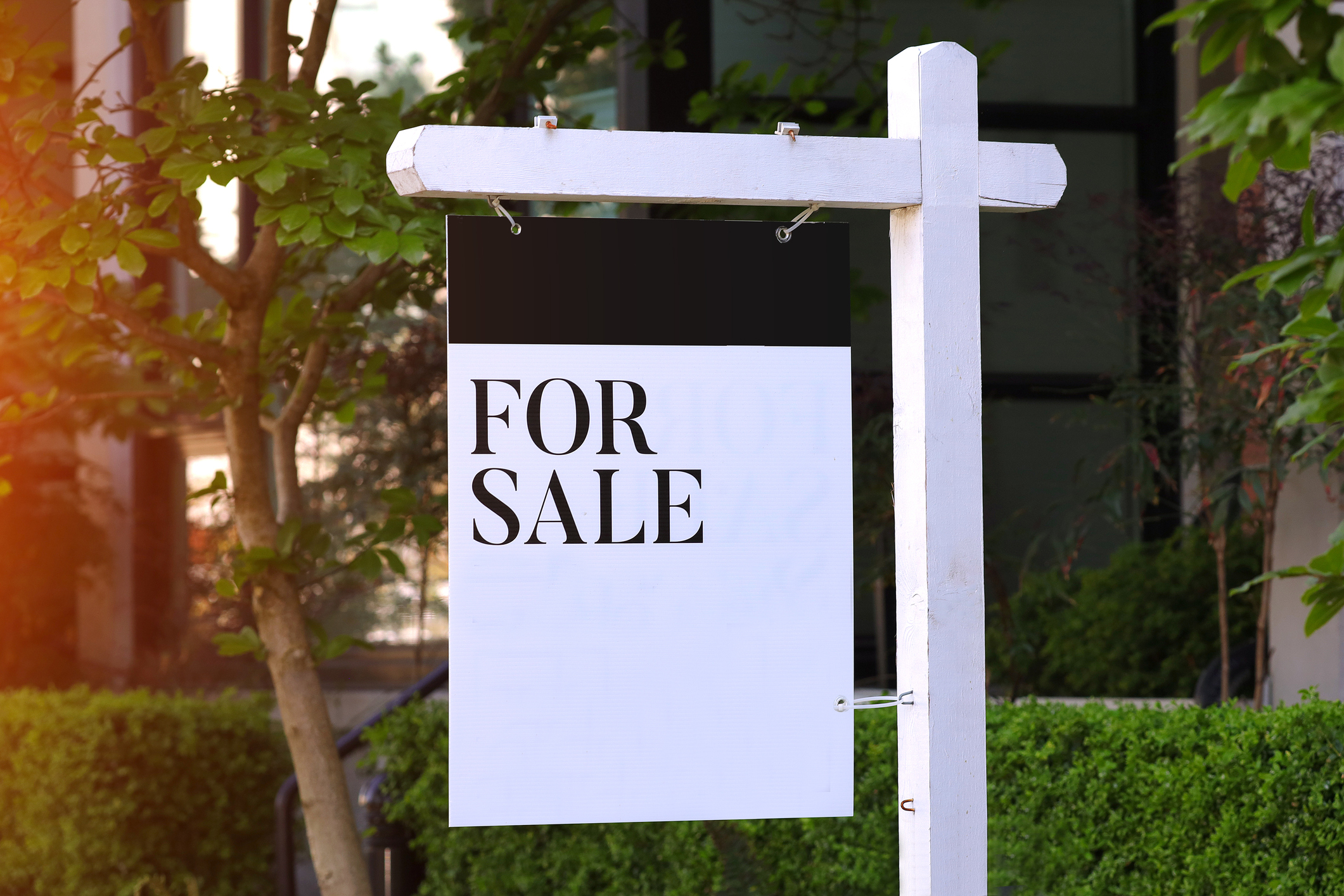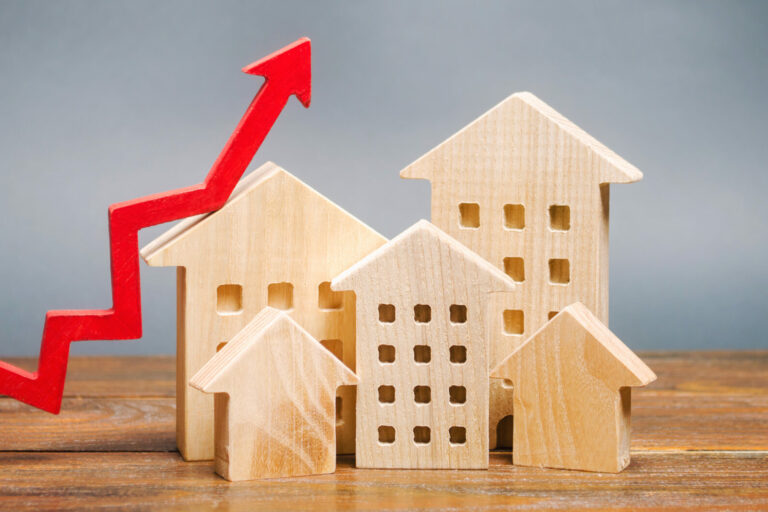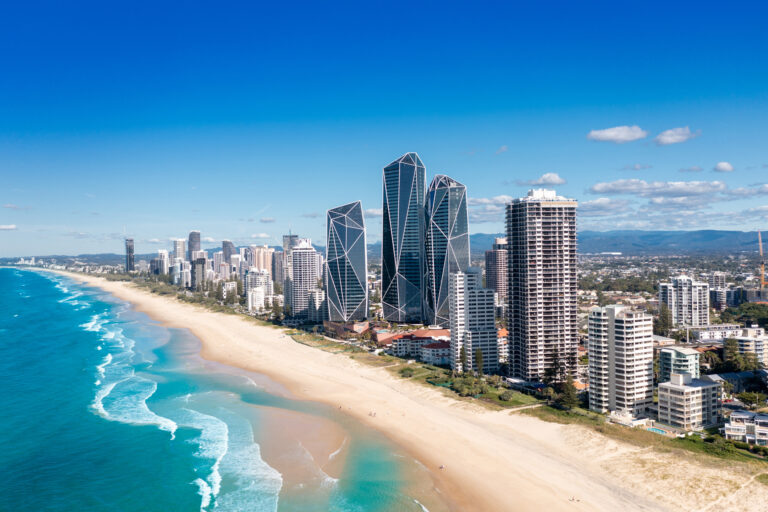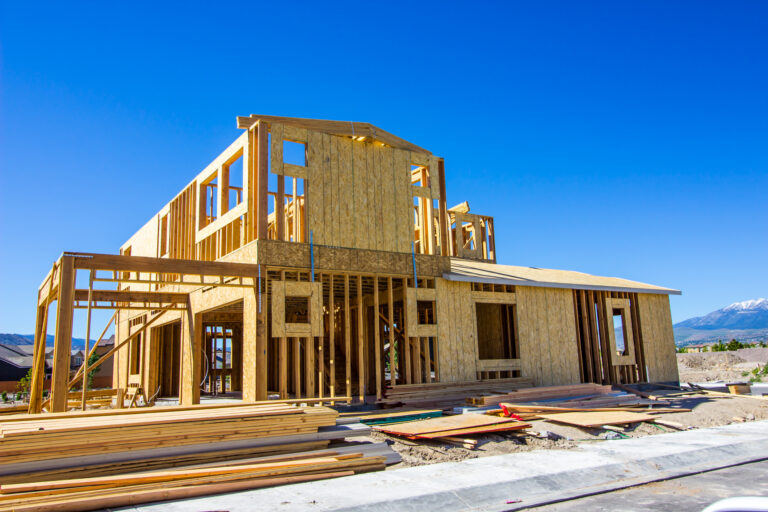This Week in Real Estate – 17th March 2023

Gold Coast Undersupply Continues
A report by SuburbTrends has revealed the Gold Coast’s housing crisis, with fewer than one in 100 homes listed for sale in the most undersupplied suburbs.
Vacancy rates are also extremely low, with fewer than 1% in half of the worst affected suburbs.
SuburbTrends analysed inventory levels, rental vacancies and building approvals for residential dwellings over a 5-year period. Building approvals have not kept up with the population growth, leading to a 2 month supply of houses for sale.
The median house price in Pacific Pines has risen 13% in the last 12 months, with few new listings.
Rising interest rates and construction costs have contributed to a decade low in building approvals, with the exception of Queensland where new apartment builds have driven a 26% rise.
Quote of the Week
“Activity across the nation’s property markets picked up in February as vendors geared up for the autumn selling season.”
PropTrack Economist Angus Moore
Rents Continue To Soar
Apartment rents have risen dramatically in the past 12 months with CoreLogic figures showing 57 suburbs recorded rental increases of 20% or more.
At the same time vacancy rates dropped to a new low of 0.9% across the combined capital cities during February.
CoreLogic research director, Tim Lawless says the strong rebound in foreign student and international migrant arrivals will add further pressure to inner-city rentals and areas close to universities and transport hubs.
Lawless says rental growth for houses has slowed in recent months as a result of the higher cost of living.
“We have already seen some evidence that rental growth is topping out, especially in the more expensive low density sector, where rental growth was much stronger through the pandemic,” he says.
“This easing in rental growth has nothing to do with a supply response or less overall demand, it probably has more to do with renters reaching a ceiling on what they are able or willing to pay.”
Investors To Get Tax Windfall
Australian Taxation Office figures show that before Covid hit in 2020, property investors recorded more than $12 billion of net rental losses annually.
Predictions are that figure will increase substantially this year on the back of ten consecutive interest rate rises which have pushed repayments for some investors up by 50%.
Analysts are urging property investors not to leave thousands of dollars they are entitled to on the table when it comes to lodging their annual tax returns.
Many immediate deductions are available including any repairs or maintenance done before June 30, while capital works needs to be depreciated over a period of time.
Landlord insurance is another cost which can be deducted immediately.
Those with plenty of cash to spare could consider paying a year’s interest in advance to bring the deduction forward to this year, while it’s a good idea to obtain a depreciation report from a quantity surveyor to ensure investors are claiming the full deductions they are entitled to.
More Properties Hit The Market
The number of properties being offered for sale is on the way up with new listings 26.6% higher in February.
Despite the rise, overall listings remain 11.1% lower than the same time last year.
PropTrack Economist, Angus Moore, says Darwin had the highest increase in listings (50%) followed by Canberra (47%) then Melbourne (38.2%) and Sydney (32.8%).
Perth listings are up 18.1%, Adelaide, 16.5%, Hobart, 11.7% and Brisbane, 10%.
Moore says at the same time property prices are softening.
“(But) The limited new stock coming to market in recent months appears to be putting a floor under prices,” he says.
He says selling conditions have softened from where they were a year ago, and market activity has slowed, but the fundamental long-term drivers of demand for housing remain.
“Unemployment has remained close to multi-decade lows for much of 2022 and into early 2023, wages growth has started to pick up and international migration has also resumed, all of which support housing demand.”





